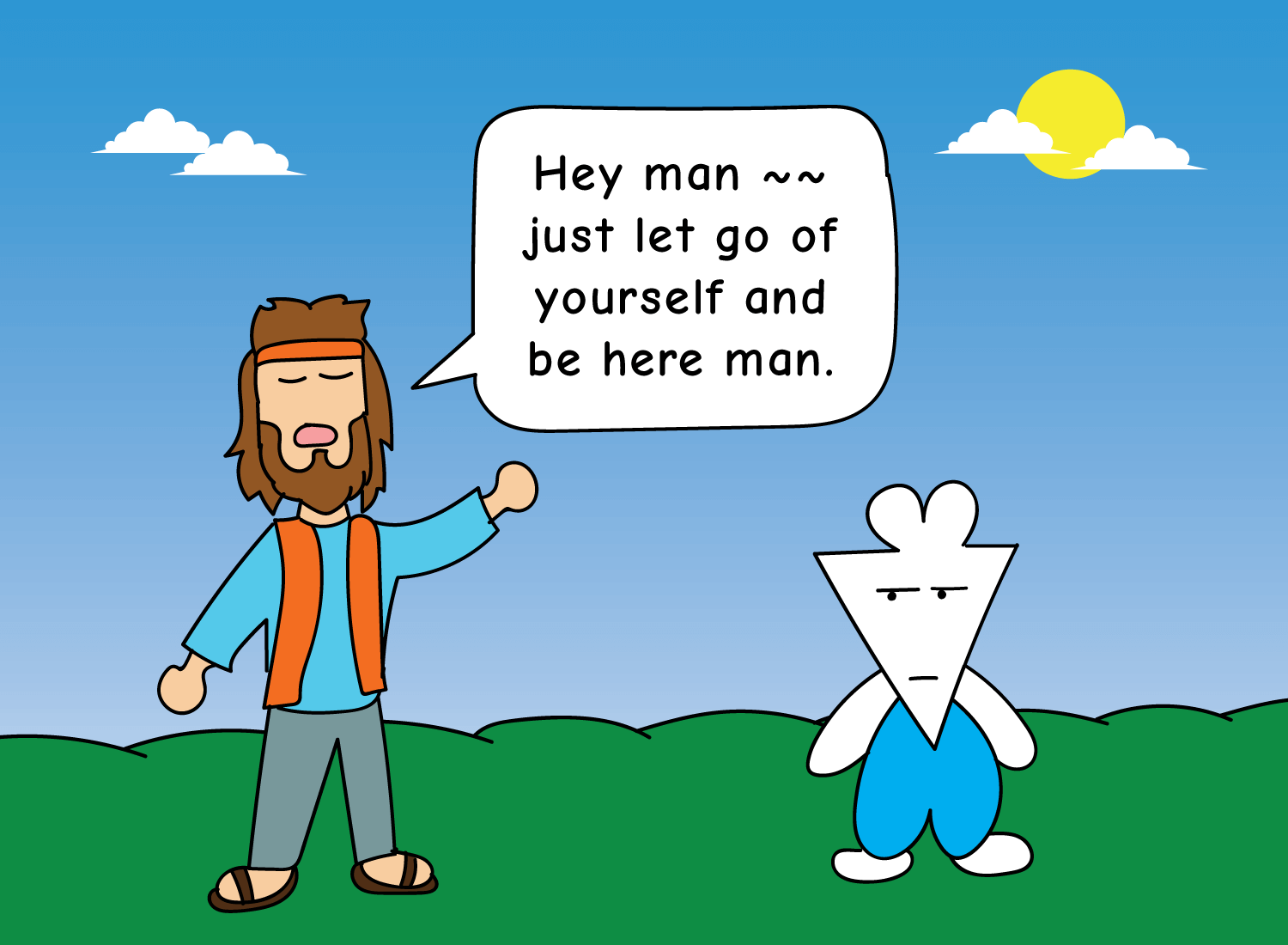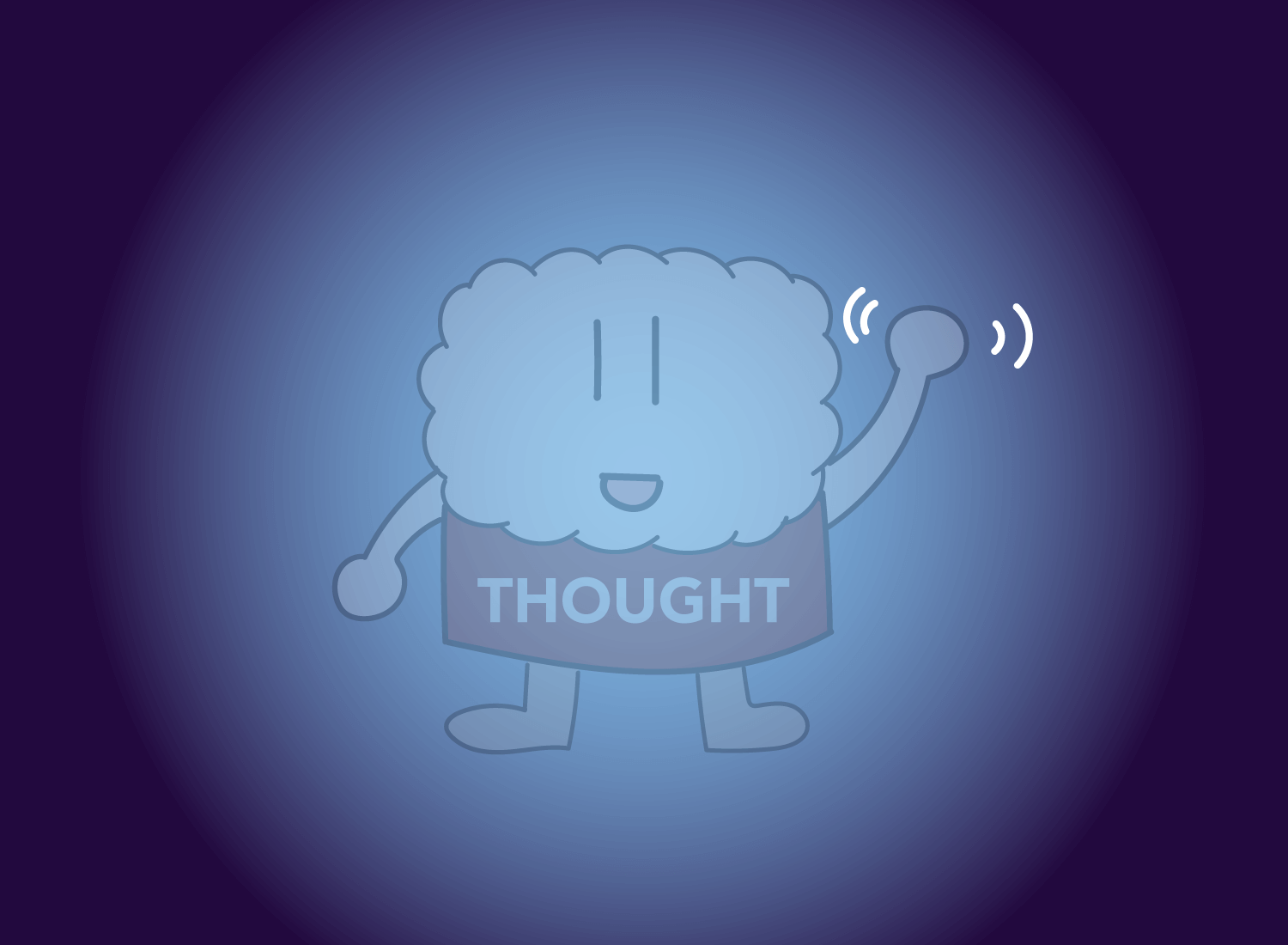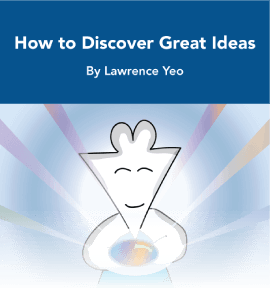The Tired Nature of Thought
One of the common mantras of our day is to be present. That by being fully aware of the contents of the moment, you are engaged in the only thing that matters, which is the “now.”
While this makes sense, I often wonder what it means to embody this presence. On one hand, it’s clichéd and trite because all it takes is an affirmation that you’re absorbing the moment. This is most prevalent in the culture of “woo,” where the proclamations of presence are more annoying than they are profound.
But on the other hand, being present really is the answer to life’s most important inquiries. On the question of meaning, the feeling of immersion is what cultivates it. On the question of creativity, presence is framed through the lens of flow states. And on the question of love, an unbroken attention on the other is what conjures it.
So what differentiates one pole from the other? When does being present feel like a trivial artifact of culture, and when does it feel like a profound gateway into what is real?
After reflecting on this for a bit, I’ve arrived at an answer. Ultimately, it all comes down to one thing:
When you’re truly present, thought itself ceases to exist.
Thought is the story we tell ourselves about any given situation, and wherever there is a story, there is an obfuscation of reality. Stories attempt to connect two events together (regardless of how unrelated they may be), whereas reality has no inherent connections of this nature. But because the human mind has evolved to recognize patterns, there will always be a narrative we tell ourselves about any circumstance at hand.
So if thought is a story, this means that it follows narrative arcs. And when it comes to arcs, one thing any storyteller will tell you is that they are timeless and universal. Three-act structures work because they map well onto how we think about resolving conflicts. The Hero’s Journey resonates because whether we realize it or not, we use it to explain how we arrived at our current perspective of the world.
What this means is that thought is rooted in an ancient pattern. The ways in which people worried and reflected 30,000 years ago isn’t all that different from how we think today. Of course, the exact subjects and characters in these thoughts differ, but when it comes to the narratives that connect them, they follow the same age-old pattern they always have.
This reveals that thought is never new. Every thought is an echo of one that has already existed in the past. That time you worried about that stupid thing you said is a pattern that has cycled through billions of other human minds. Same goes for the regrets that are difficult to shake. If anything, you can take comfort in knowing that there’s nothing novel about it.
Being present is in understanding this tired nature of thought, and silencing it altogether. Because it is only in this state where something truly new can be felt. For example, if you’re looking out at a still lake and are fully immersed in what you are experiencing, there is a novelty that emerges from being in that specific combination of time, attention, and space. You’re not thinking of what comes next; you’re simply there. But if you look at the lake and think, “Wow, that’s so beautiful,” then you have allowed thought to enter the frame, which will inevitably introduce feelings of longing or grasping. This pulls you out of the moment and opens up the door to desiring this experience again, and any pattern of this nature is never new.
Ultimately, presence cannot be experienced if thought exists alongside it. Wherever there is thought, there is narrative, and a narrative arc of any kind gives rise to the shadow of an age-old pattern. In the end, the best way to step into a moment isn’t to remind yourself to be present, but to enter it without any expectation of the memories it may yield.
_______________
_______________
For more stories and reflections of this nature:




